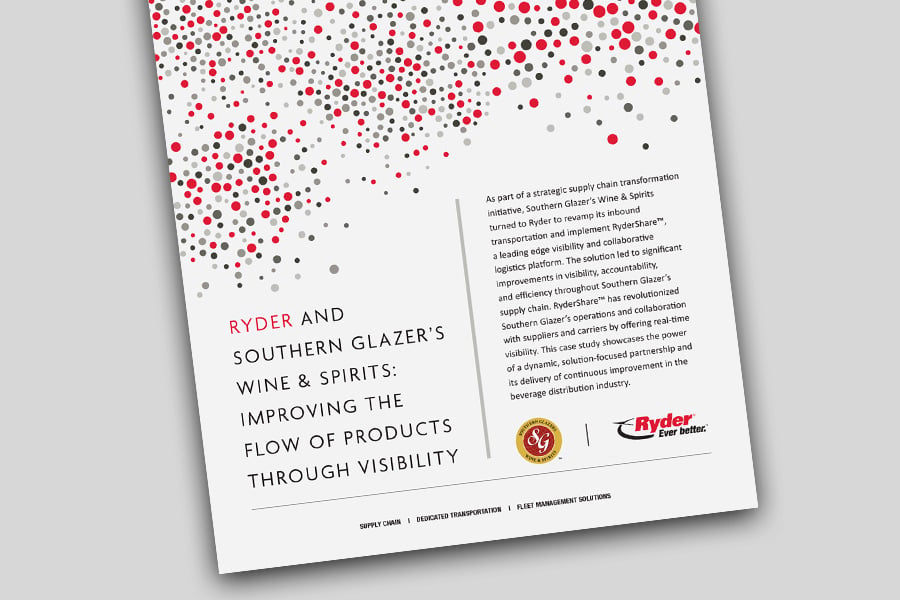Companies strive to become shippers of choice for truckload (TL) and less-than-truckload (LTL) carriers because it offers several advantages and benefits when it comes to transportation management. Here are some reasons why companies aim to be preferred shippers.
Access to Capacity: Being a shipper of choice ensures that carriers prioritize your freight and allocate capacity to your shipments. In the transportation industry, capacity can be limited, especially during peak seasons or in areas with high demand. By establishing a reputation as a shipper of choice, you increase your chances of securing the capacity you need when you need it.
Competitive Advantage: When carriers view your company as a preferred shipper, they are more likely to provide you with favorable rates and service terms. This can give you a competitive advantage over other shippers who may struggle to secure capacity or face higher transportation costs. By maintaining good relationships with carriers, you can negotiate better pricing and service agreements.
Improved Service Levels: Carriers prefer working with shippers who have efficient operations, streamlined processes, and clear communication. Shippers of choice are known for providing accurate and timely information, such as shipment details, pickup and delivery instructions, and load documentation. When carriers can rely on consistent and well-organized shipments, it helps them optimize their operations and provide better service, leading to enhanced transit times and overall service levels.
Reduced Costs and Delays: Shippers of choice are generally more efficient in their shipping practices, which helps carriers minimize costs and avoid delays. By optimizing load planning, reducing dwell times, and ensuring proper packaging and handling, preferred shippers enable carriers to operate more efficiently. This can result in reduced transportation costs, faster transit times, and fewer disruptions along the supply chain.
Collaboration and Partnership: Establishing strong relationships with carriers as a shipper of choice fosters a spirit of collaboration and partnership. When carriers feel valued and respected by a shipper, they are more likely to work closely with that shipper to address any challenges that may arise. This collaboration can lead to shared insights, continuous improvement, and innovative solutions that benefit both parties.
Access to Preferred Carriers: By becoming a shipper of choice, you have the opportunity to work with the most reputable and reliable carriers in the industry. These carriers are known for their high-quality service, well-maintained equipment, and experienced drivers. Access to such carriers enhances the overall reliability and safety of your supply chain.
Overall, being a shipper of choice for TL and LTL carriers enables companies to secure capacity, receive competitive rates, improve service levels, reduce costs, foster collaboration, and gain access to top-tier carriers. These advantages contribute to a more efficient and effective supply chain, ultimately benefiting the company's bottom line.




